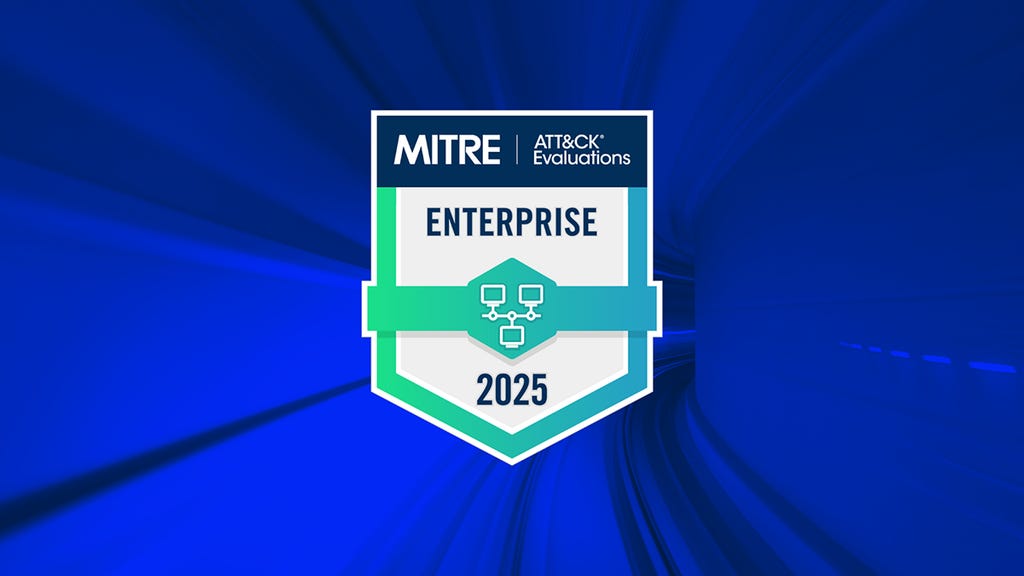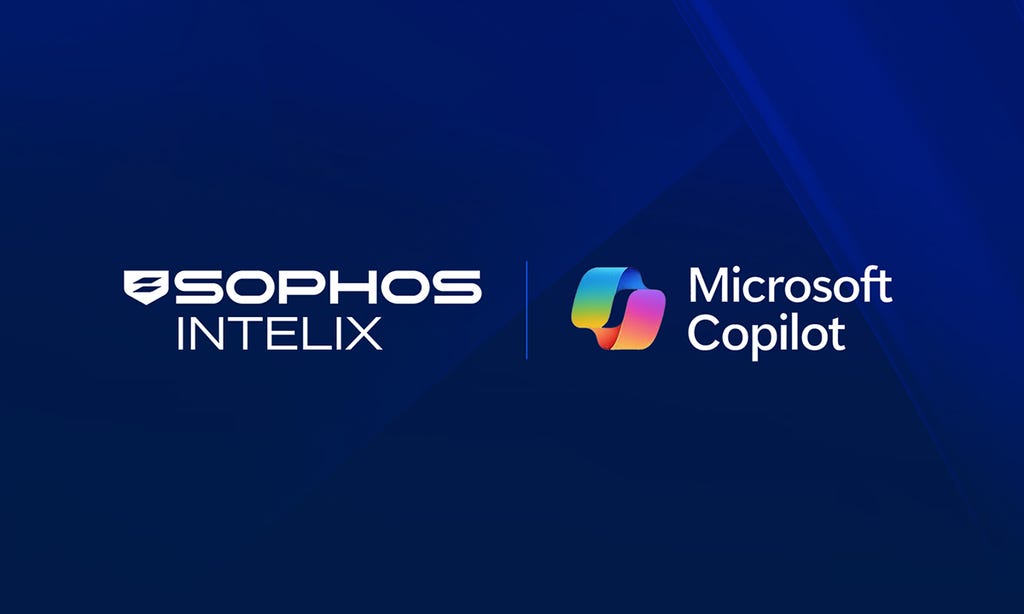
Cybersecurity terms and concepts explained
Cybersecurity is becoming increasingly complex. Many organizations offer resources and information on the fundamental principles of cybersecurity, including endpoint protection, security services, and different types of cyberattacks. If you need information about these cybersecurity topics and many others, Sophos has you covered.
FILTRER PAR TERME
Aucun filtre disponible.
Désolé, aucun terme ne correspond à votre recherche.
.svg?width=185&quality=80&format=auto&cache=true&immutable=true&cache-control=max-age%3D31536000)


.svg?width=13&quality=80&format=auto&cache=true&immutable=true&cache-control=max-age%3D31536000)



